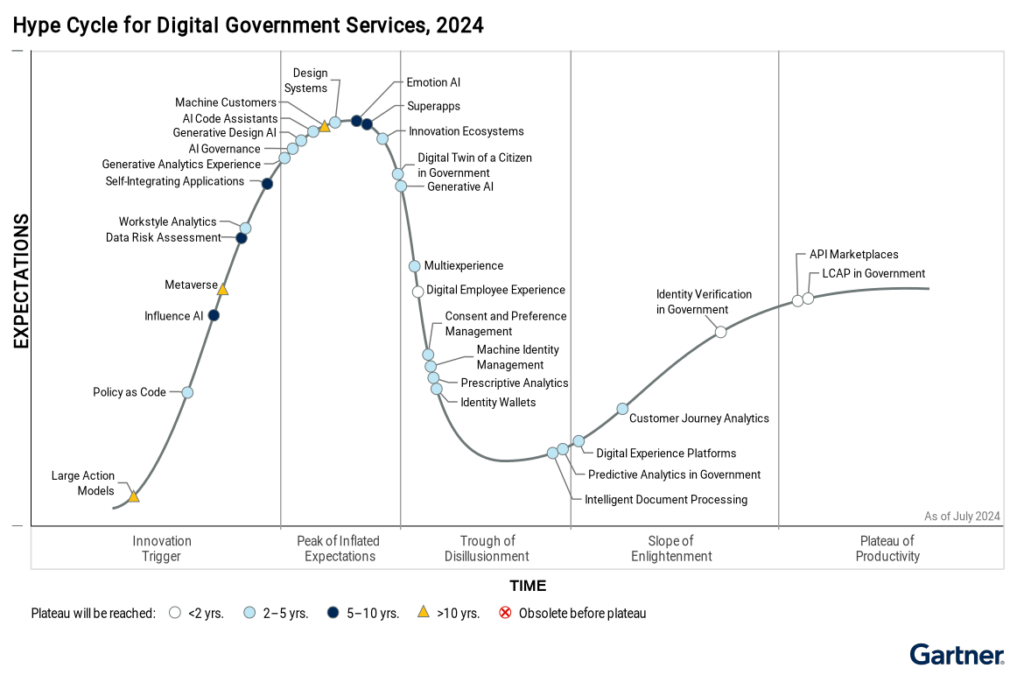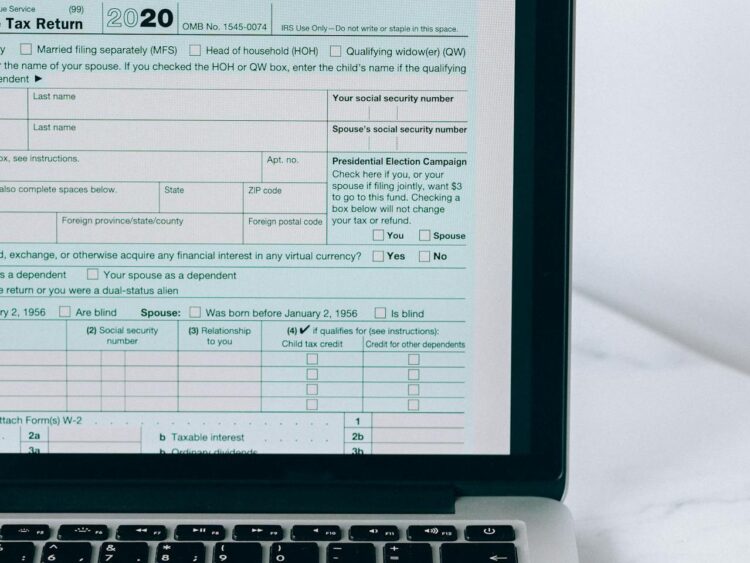Gartner's latest Hype Cycle for Digital Government Services highlights six key technologies poised to revolutionise digital government services within the next five years. Gartner claims these technologies are essential for government CIOs aiming to bridge the innovation gap and meet rising citizen expectations.
“Delivering services digitally continues to be a priority in government transformation plans,” said Daniel Snyder, Sr director analyst, KI leader at Gartner. “These technologies will help government CIOs bridge the gap between digital innovation goals and executing against strategy objectives. Collectively, they will be a crucial element for executives in aligning technology innovation to mission outcomes to keep pace with growing citizen expectations.”
Figure 1: Hype Cycle for Digital Government Services, 2024

Digital Employee Experience (DEX) focuses on enhancing workplace environments by integrating best practices like journey mapping and employee feedback. This approach can significantly improve workforce engagement and retention, ultimately leading to better service delivery. Gartner emphasises that multidisciplinary teams combining business and technology roles will outperform traditional IT-only teams.
AI Code Assistants offer a game-changing tool for software developers, utilising natural language processing to streamline coding tasks. These assistants can generate, debug, and refactor code, dramatically increasing developer efficiency. Gartner predicts that by 2028, 75% of enterprise software engineers will leverage AI code assistants, a sharp rise from less than 10% in early 2023.
Generative AI is shifting from a focus on foundational models to practical applications that deliver return on investment (ROI). Current implementations are largely internal and low-risk, but as governance practices evolve, organisations are expected to adopt GenAI for more critical uses, enhancing productivity and democratising technology access.
Generative Design AI autonomously creates design options based on user-specified criteria. By rapidly iterating through various designs, this technology optimises outcomes while improving efficiency in government services. It is expected to expand from supporting user experience design to full-scale digital product development.
Predictive Analytics harnesses machine learning and data modelling to inform public policy and optimise processes. By anticipating the consequences of decisions, this technology enables governments to adapt plans proactively, enhancing outcomes while minimising risks. Transparency in its application is crucial for maintaining public trust.
Workstyle Analytics synthesises data from IT, HR, and business operations to optimise employee performance and resource allocation. By aligning digital investments with organisational goals, governments can reduce inefficiencies and enhance service delivery.
Collectively, these technologies represent a crucial opportunity for governments to modernise operations and improve citizen engagement, fostering a more responsive and efficient public sector.





